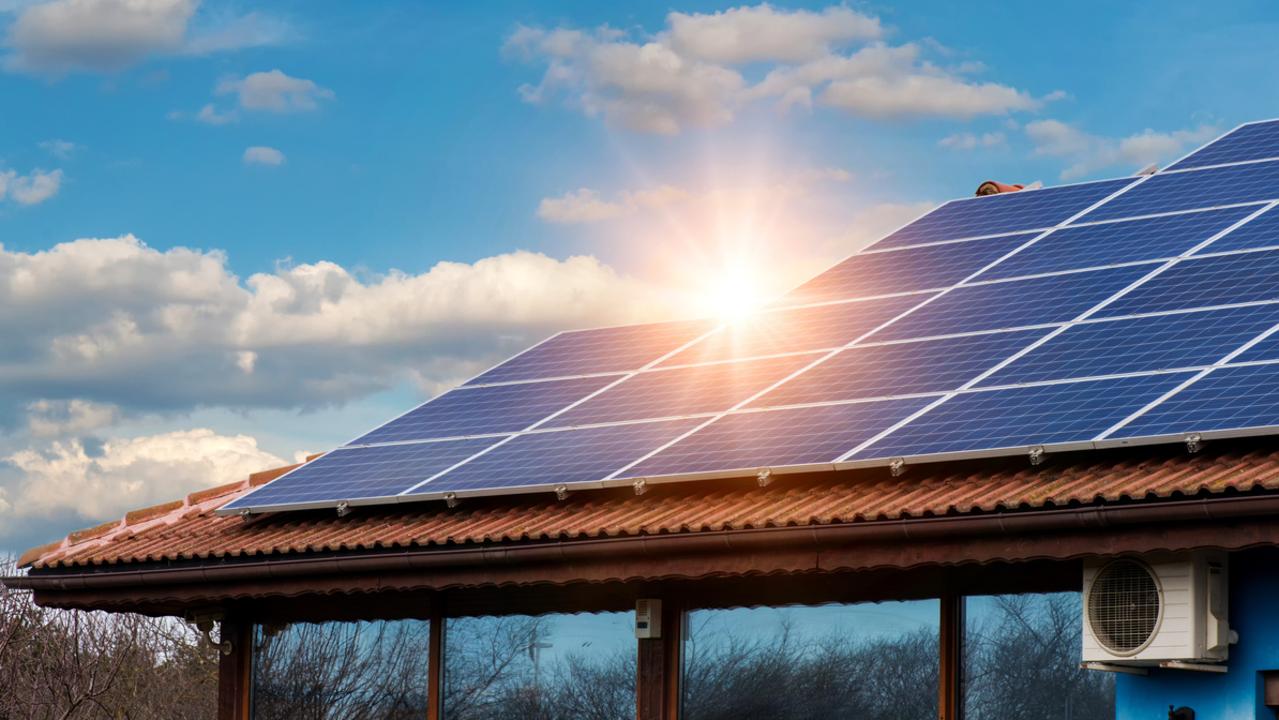When was electricity discovered?
Electricity is made with tiny particles called electrons, which move from one place to another. Lightning is a natural form of electricity.
The Greeks first discovered electricity about 3000 years ago. Its name came from the word "elektron", which means amber. Amber is the yellow, fossilised rock you find in tree sap. The Greeks found that if they rubbed amber against wool, lightweight objects (such as straw or feathers) would stick to it. This form of electricity is known as "static" electricity.
Benjamin Franklin started working with electricity in the 1740s. He performed a lot of different experiments to try to understand more about it. Mr Franklin believed that lightning was like water (i.e. fluid). To test this, he tied a metal key to a kite and flew the kite during a thunderstorm. When the key became charged with electricity, he had proof that lightning flowed like water. Mr Franklin's experiments led to his invention of the lightning rod. We still use many of the words he developed to describe electricity today: charge, discharge, conductor, electrician and electric shock.
In 1821, English scientist Michael Faraday discovered how to make an electrical current. He found that when a magnet spins inside a coil of copper wire, a tiny electrical current flows through the wire, creating an electrical charge. This is the principle of how electricity is made today, but to make the copper wire spin to produce enough electricity for us to use each day, we need to force this to happen.


